In an increasingly connected world, the seamless interaction between apps and devices is critical for end-user satisfaction and operational efficiency. However, many manufacturers are now confronting a dual challenge: App Pairing Failures and Timer Sync Issues. These phenomena not only disrupt user experience but can also hinder product performance. In this article, we delve into the underlying causes, explore the interrelationship between these issues, and propose strategies for mitigating their impact on your product’s reliability.
As consumer expectations evolve, the demand for fully integrated systems grows. Today’s smart devices rely on accurate and reliable connections between mobile applications and hardware components. When an app is paired with a device, it typically synchronizes various functions, including timers that regulate device behavior. However, if App Pairing Failures occur—where apps cannot establish or maintain a connection—the downstream effects can be significant. Among these, Timer Sync Issues are of particular concern, as they are critical for ensuring timely operations, precise scheduling, and overall device coordination in real-world applications.
App Pairing Failures can originate from a multitude of factors. These challenges often include:
By scrutinizing these factors, manufacturers can better understand the root causes behind these failures and focus on robust connectivity solutions.
Timer Sync Issues emerge when the synchronization between the device’s internal clock and the controlling app is disrupted. These problems might manifest in various ways:
These issues, while seemingly isolated, can compound the overall system instability when paired with poor app connectivity.
It is essential to understand that App Pairing Failures and Timer Sync Issues are not merely independent issues; they can be interrelated. When timer synchronization is flawed, it may adversely affect the pairing process in several ways:
Thus, addressing Timer Sync Issues is critical to ensuring a robust and durable pairing process.
To overcome these challenges, manufacturers can adopt several strategic measures:
By combining these approaches, companies can build devices that not only pair reliably but also maintain consistent operations over time.
Looking ahead, continuous innovation is vital. Manufacturers need to:
By staying ahead of technological trends and continuously refining processes, companies can ensure resilient, high-performing products in an increasingly connected market.
Conclusion
The issues of App Pairing Failures and Timer Sync Issues pose significant challenges that can undermine device functionality and customer satisfaction. By understanding the intricate relationship between these problems and implementing comprehensive technological strategies, manufacturers can enhance connectivity and synchronization, ensuring a seamless user experience. Robust quality management, continuous innovation, and proactive troubleshooting remain the keys to overcoming these obstacles and securing a competitive edge in today’s dynamic market.
Interested in learning more about optimizing your device connectivity and synchronization? Contact us to explore tailored solutions that will future-proof your technology and drive customer satisfaction.
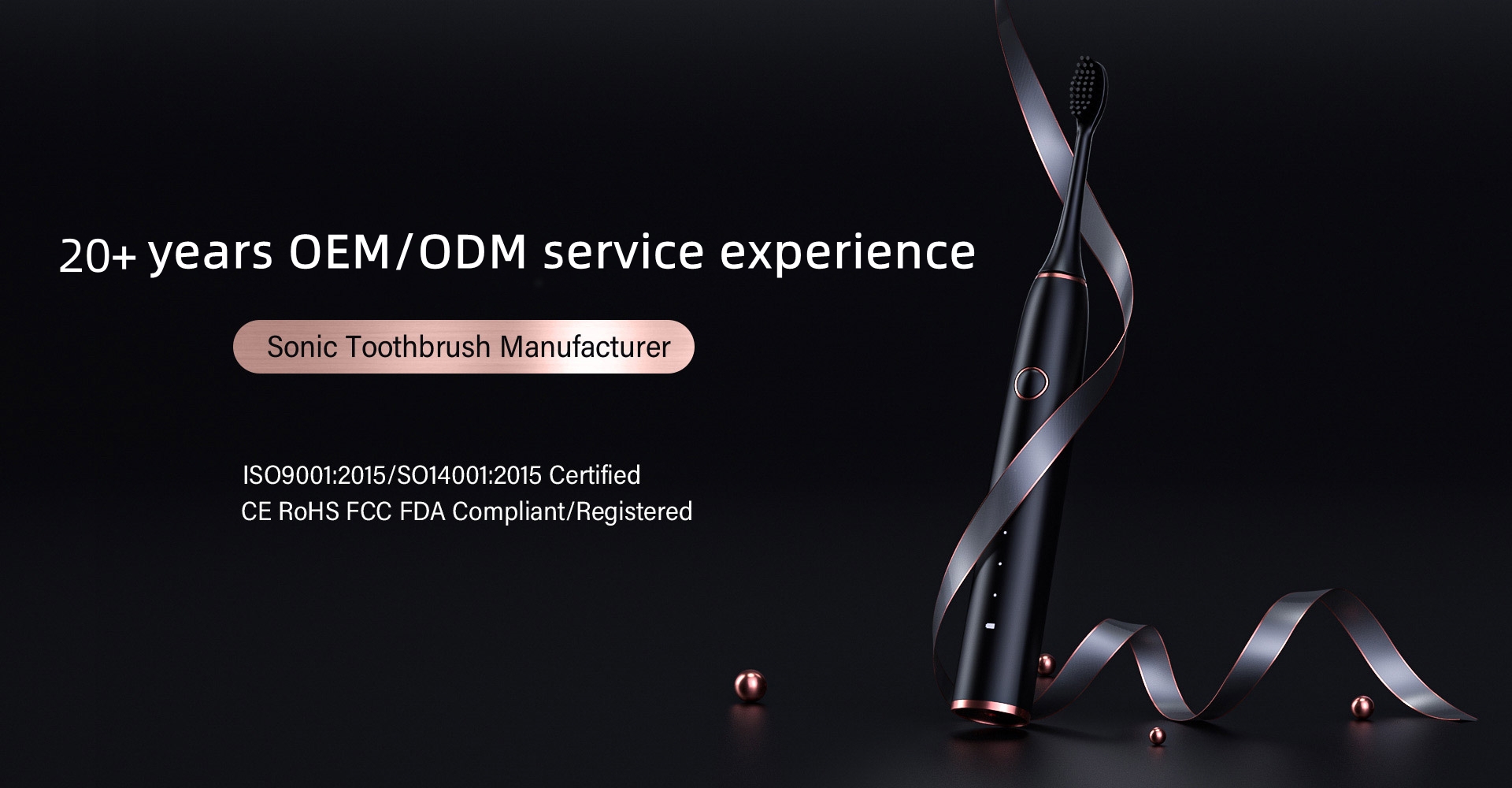
.jpg)
Water Flosser Sterilization Function: UV Sterilization vs. Silver Ion Coating – Real Cost and Effect
Battery Powered Electric Toothbrush Bulk | Reliable B2B Supplier
Can Teeth Whitening Kits Trigger Oral Ulcers?
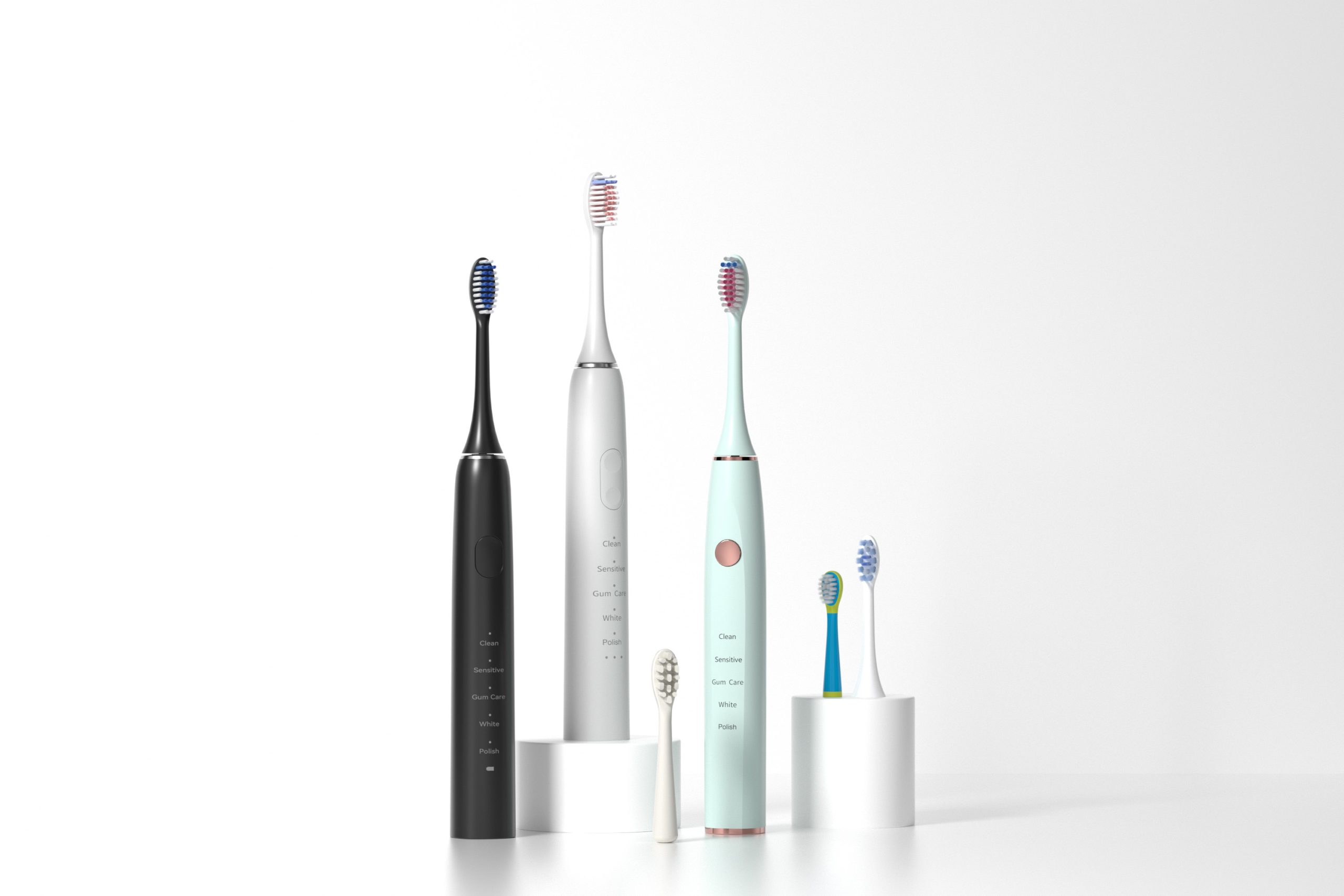
California water flosser + California travel toothbrush combo?

What Should Consider for OEM Outdoor Electric Toothbrush Designs?

How to Choose an Electric Toothbrush for Children?
Why Does Charging Failure Coincide with Tank Odor? Hidden Links Unveiled
.jpg)
Travel Water Flosser OEM: Compact and Portable Solutions
.jpg)
Is a Portable Water Flosser the Cornerstone of Your Travel Oral Care Kit?
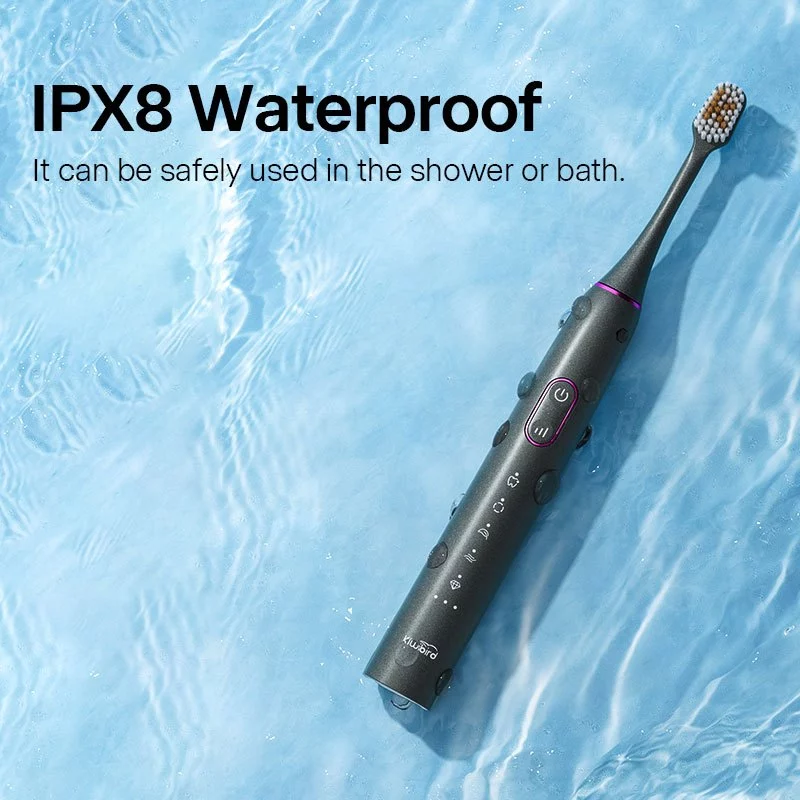
Are IPX7 Kids Brushes Truly Waterproof?
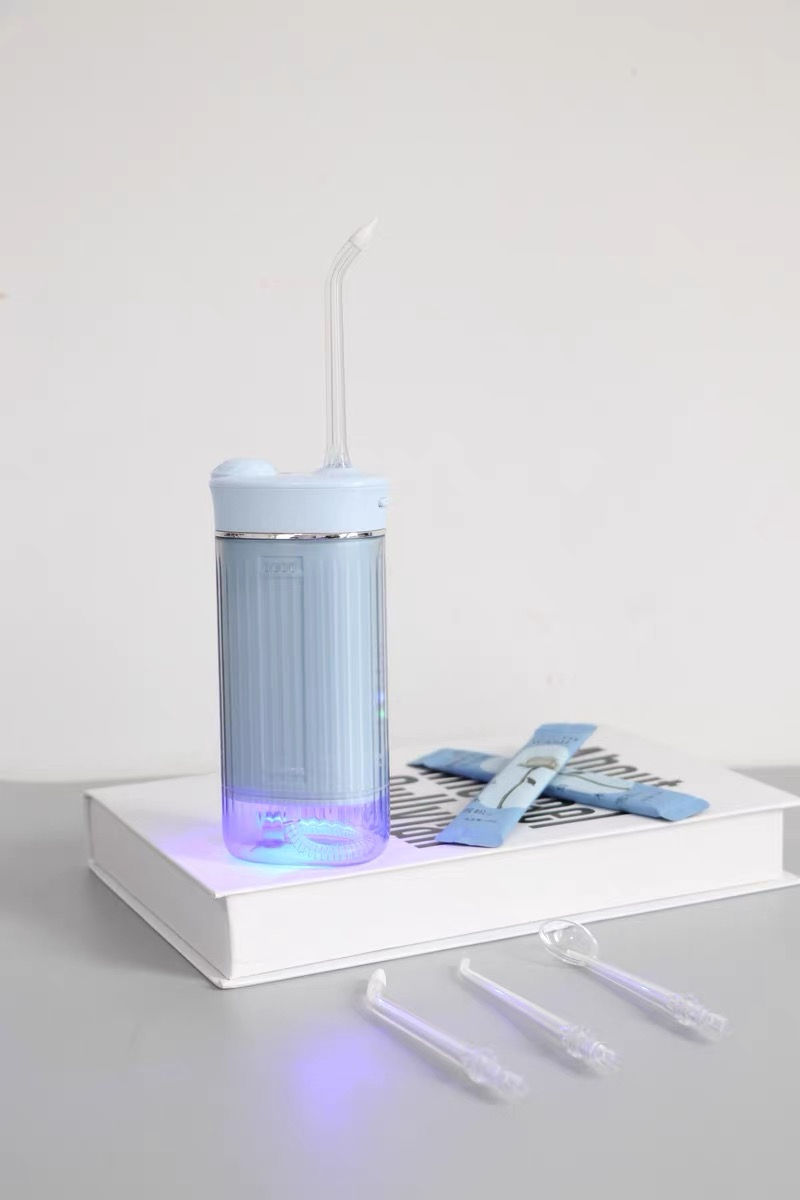
Which Types of Water Flosser Does the ADA Recommended for Optimal Oral Health?

Powsmart: Leading Smart Electric Toothbrush Manufacturer & Supplier
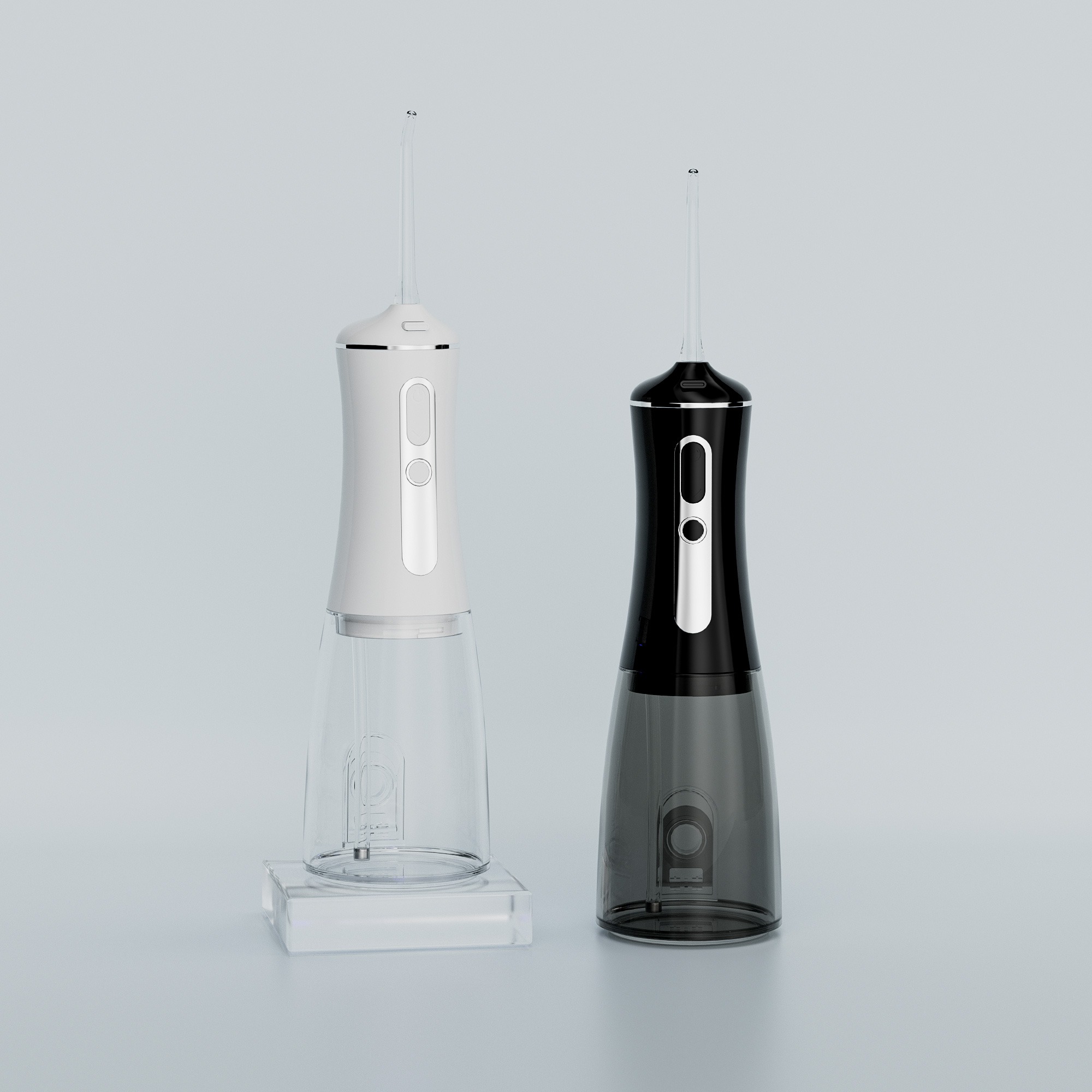
Modern technology in oral care: innovative products and services
Electric Toothbrush for Beauty Box Subscription | Personalized Oral Care
Compatibility Confusion with Nozzle Replacement? What OEM Buyers Must Know
dentist-approved sonic toothbrush factory

Private Label Whitening Gel

electric toothbrush heads Deep Clean

Customization Teeth Whitening Gel

electric toothbrush heads Regular Clean

electric toothbrush heads Ultra Soft

Electric toothbrush heads Charcoal Infused-Diamond

electric toothbrush heads Charcoal Infuse-Round
.jpg)
Florida Electric Toothbrush – Powsmart PTR-C8
whstapp
whstapp
National Toll-Free Service Hotline
+86 755 86238638